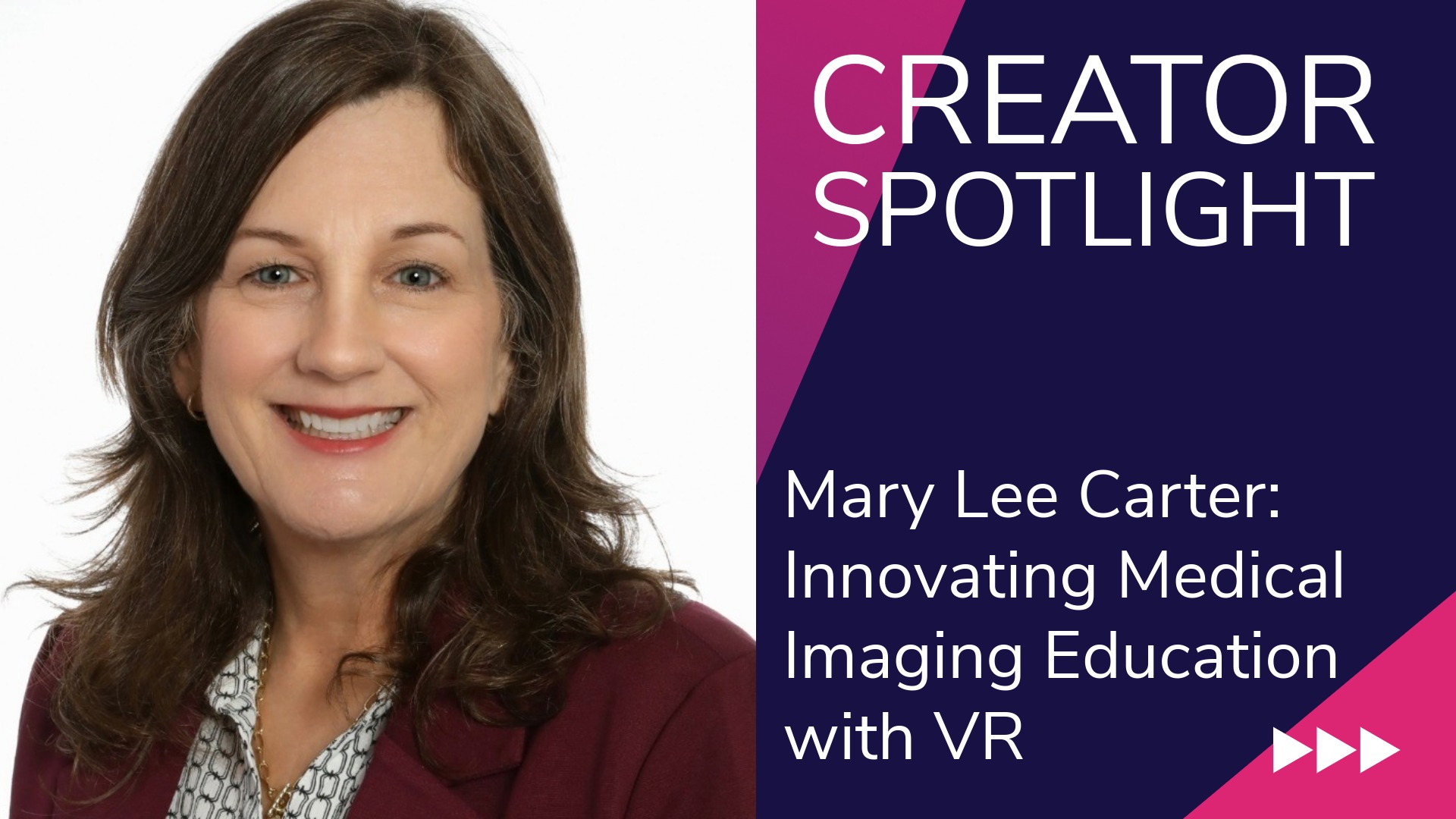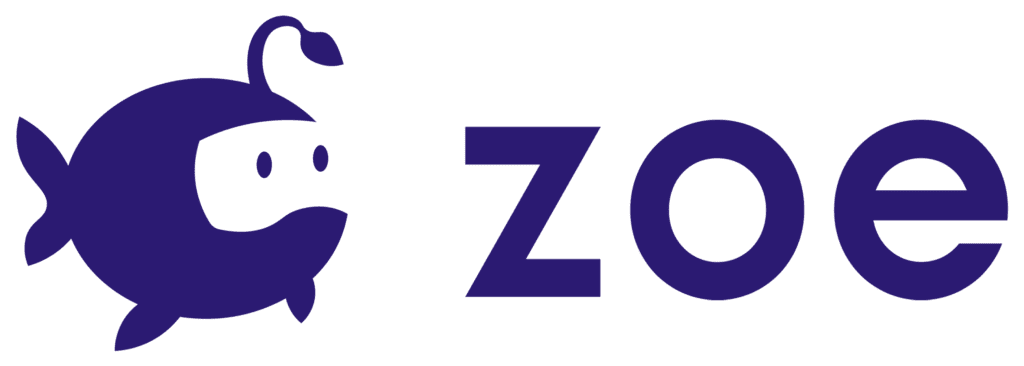
About Mary Lee Carter
Mary Lee Carter serves as the Assistant Director of Learning Innovation at Parker University. Previously the university’s Immersive Teaching and Learning Specialist, Mary Lee has been at the forefront of Parker’s digital transformation—leading efforts to integrate virtual reality and other innovative technologies into health sciences education.
For Mary Lee, VR isn’t just a tech trend—it’s an opportunity to give students hands-on experience with complex subjects long before they enter the clinic.
I had zero experience with Unity. The learning curve was pretty steep… but once I got into the Zoe module, it really reduced the amount of programming that I needed to do
Bringing Virtual Reality into the Classroom
Parker University has been steadily building its VR ecosystem for more than three years, now using immersive tools across programs from chiropractic to diagnostic imaging.
“We’ve been developing it for about three and a half years, but we’ve actually actively had it in our curriculum for about two years. We’re using VR both for clinical scenarios with our students and also for communication.”
This deliberate rollout ensures that VR becomes a meaningful part of the learning experience, not just an add-on. Students practice diagnostic techniques, navigate realistic clinical scenarios, and even explore a digital twin of Parker’s campus.
Building an Interactive Sonography Experience
When Mary Lee joined the Zoe Creator Program, she decided to design a learning experience for Parker’s Diagnostic and Cardiac Sonography students. Her goal was to help students interpret ultrasound images more effectively through immersive, hands-on practice.
In her prototype:
- Students identify organ structures such as the liver and heart within a 3D space.
- Correct answers trigger visual feedback and encouragement, adding an element of gamification.
- Faculty can tailor the imagery to match real scans used in the classroom.
“I wanted to be able to have the students have a place to practice and to give them positive feedback so that they knew when their answers were correct. It kind of gave them a yay—a little bit of gamification.”
This mix of realism and play fosters confidence and retention, which are key ingredients in clinical education.
From Prototype to Practice
The long-term goal for Mary Lee’s project is to evolve from a prototype into a study and assessment tool.
“I would really like to have it be some kind of study tool or even a formative assessment that the faculty member could use midway through to make sure that the content is being well received.”
The interactive model could help faculty evaluate student understanding in real time: something traditional classroom tools rarely offer in such a tangible, visual way.
Just putting them in a headset is the best thing you can do. The lower the barriers to that type of engagement, the more likely the adoption will be for the technology.
Why Build, Not Buy
For Parker’s specialized medical programs, off-the-shelf VR lessons aren’t enough. Each scenario requires highly specific and accurate visual data.
“They know exactly what it is that their students are going to need to see and be able to identify. This gives them a way to practice that and just kind of run through and say, ‘Okay, these are areas that I will need to know.’”
Custom-built immersive content allows educators to ensure accuracy and relevance while maintaining creative control.
Learning Unity from Scratch
Mary Lee came into the program with no prior experience in Unity—but that didn’t stop her. With encouragement from her husband, an IT professional, and support from the Zoe team, she quickly found her footing.
She also appreciated Zoe’s built-in templates and assets, which saved countless hours in development:
“I didn’t have to create a lab environment or size the images. Those shortcuts really helped cut down the amount of time and the challenges with doing something so far outside of my comfort zone.”
Exploring New Tools: The MX Ink Stylus
In addition to VR creation, Mary Lee experimented with the Logitech MX Ink stylus, a pen-shaped controller now compatible with Zoe for Unity.
“My thought was to use it as a probe or transducer that would be used in sonography… but just having the ability to hold a pen in a normal way was actually more intuitive.”
For her, stylus-based input opens exciting possibilities for precision-based disciplines like anatomy, imaging, and diagnostics.
Want to Create Your Own Immersive Learning Experiences?
As Parker University continues to expand its immersive learning initiatives, Mary Lee is optimistic about the future of VR in health sciences. The combination of hands-on practice, visual learning, and accessibility offers a powerful way to prepare students for complex, real-world challenges—before they ever set foot in a clinic.




